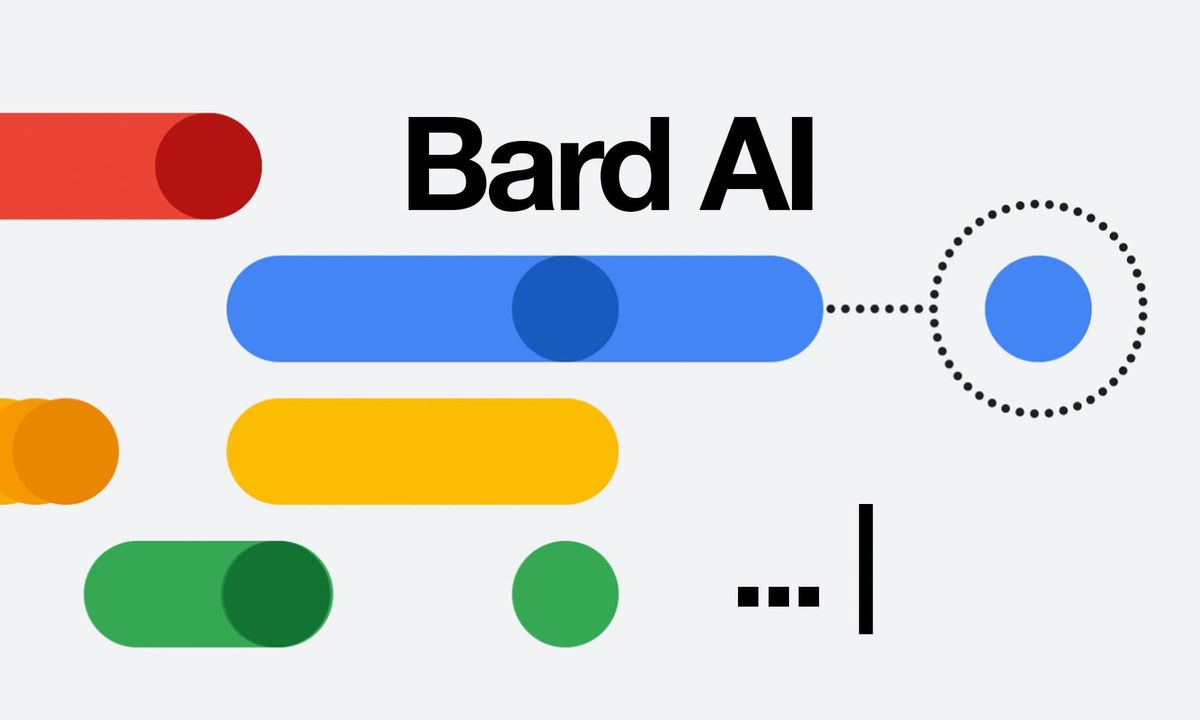Introduction
The recent upgrades to Google's experimental model, Bard, mark a significant stride in the artificial intelligence realm. In its journey to empower individuals globally and cross the language barrier, Bard has integrated 40 new languages into its system, not just for text, but also for spoken interaction. This essay dives into the specifics of the Bard enhancements and examines their implications.
Bard's Language Expansion
The most striking feature of the Bard update is its availability in 40 languages. This expansion extends to both Bard's understanding and generation of languages, enabling a broader range of users to interact with the model. The improvement showcases Google's meticulous testing procedures in the interest of maintaining their reputation and ensuring the model’s safety.
Multilingual Interaction
Notably, Bard users can now have generated content spoken to them in their preferred language, thanks to Google's integration with the Wavenet voices and possibly the new sound storm voices. This feature underpins Bard’s ability to comprehend multilingual requests, such as generating a poem in Mandarin about a cat in the moonlight. Further, it can also provide translations and phonetic transcriptions, such as pinyin for Mandarin.
Extensive Global Availability
This expansion of Bard now includes regions previously not covered, like the European Union and Brazil. The integration of multiple languages and regional expansion shows Google's commitment to ensuring its artificial intelligence reaches a larger population, and can serve them in their native languages.
Enhanced Image Analysis
Another powerful feature of the Bard update is its capability to analyze images. Google Lens, a technology developed by Google, is behind this enhancement.
Image Description
Users can upload images, and Bard can describe their contents accurately. For instance, when the user uploaded a picture of a dog wearing glasses, Bard was able to give a detailed and accurate description.
Optical Character Recognition (OCR)
Moreover, the new Bard integrates OCR, which can read text within images. This ability allows Bard to provide context-aware responses and recommendations based on the image contents. For instance, it not only recognized a YouTube thumbnail for a specific video but also managed to provide relevant information about the video itself.
Interactive Writing Assistance
An essential part of Bard's update is its ability to interactively assist with writing tasks. Users can now have the AI model adjust the length and tone of the generated text to suit their needs. By tweaking the output to be longer, shorter, simpler, more casual, or more professional, users have more control over the language model's responses, making it a more versatile tool for writing in different contexts.
Export and Share Options
The update also includes more options for exporting and sharing Bard's outputs. Users can export directly to Google Docs, draft it into a Gmail, or even search for related topics on Google. Furthermore, Bard now allows pinning and sharing of threads. This feature could enable users to share engaging AI-generated discussions with others, fostering interaction and learning.
Conclusion
The recent upgrades to Google's Bard demonstrate the tech giant's relentless efforts to advance its AI technology. With new language integration, image analysis capabilities, interactive writing assistance, and export and sharing options, Bard is now more accessible, useful, and robust than ever before.
This doesn't mean Bard's development is finished. As an experimental model, it continues to evolve. Google is in a unique position to keep refining this model given its extensive resources. Hence, each time a new feature is added, it is a testament to the ongoing hard work and dedication of the team behind Bard.
These developments not only broaden the model's accessibility and application but also serve as a stepping stone to further AI advancements. The strides made by Google's Bard pave the way for future AI models, pushing the boundaries of what artificial intelligence can accomplish.








